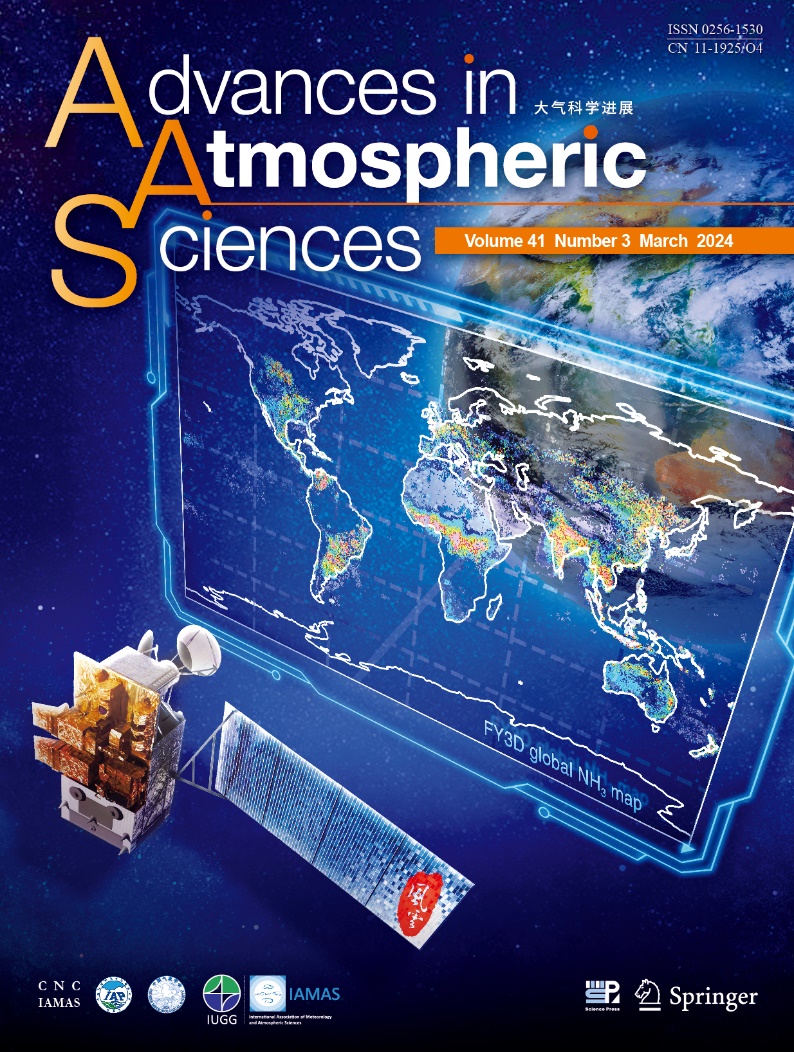Atmospheric ammonia (NH3) is a trace gas that causes environmental problems and harms human health. Chinese scientists have established a full-physical retrieval algorithm to derive the concentration of the atmospheric ammonia from the Hyperspectral Infrared Atmospheric Sounder (HIRAS) onboard the Chinese FengYun (FY)-3D satellite, presenting the first atmospheric NH3 column global map observed by the HIRAS instrument.
The research was conducted by ZHOU Minqiang, an associate researcher from the Institute of Atmospheric Physics at the Chinese Academy of Sciences, in collaboration with ZHANG Xingying, a senior researcher at the China Meteorological Administration.

The research paper has been published in the Advances in Atmospheric Sciences (AAS), and featured as the cover story in the third printed issue of the journal in 2024.
Lead author of the research paper Dr. ZHOU Mingqiang underscores the significance of this landmark achievement, saying that monitoring global atmospheric ammonia levels is pivotal to grasping its environmental impact and influence on climate change. "The HIRAS instrument's ability to capture NH3 hotspots worldwide represents a significant leap in our capacity to track and understand its spatiotemporal distribution," he says.
The HIRAS NH3 columns were compared with the measurements of the Infrared Atmospheric Sounding Interferometer (IASI), a hyperspectral infrared sounder residing on the European Space Agency's MetOp series of polar orbiting satellites, showing good consistency between the two instruments, and thus verifying the reliability of the FengYun (FY)-3D satellite's ammonia observation data. Professor ZHANG Xingying, corresponding author of the research paper, notes, "This aligns with our efforts to utilize multiple satellite instruments for a holistic understanding of atmospheric ammonia dynamics."
Professor ZHANG also acknowledges that the challenges still remain ahead. "Although our study marks a significant leap, we are still making efforts to refine the HIRAS NH3 retrievals. Continued research aims to reduce the uncertainty of satellite-based NH3 monitoring for a comprehensive understanding of its global impact."
This pioneering work marks a significant stride in Chinese satellite-based atmospheric monitoring, offering crucial insights into global NH3 distribution. The findings hold promise for advancing our understanding of atmospheric composition and its implications for environmental and climate studies.
Citation: Zhou, M. Q., and Coauthors, 2024: The first global map of atmospheric ammonia (NH3) as observed by the HIRAS/FY-3D satellite. Adv. Atmos. Sci., 41(3), 379−390, https://doi.org/10.1007/s00376-023-3059-9.













 AAS Website
AAS Website 
 AAS WeChat
AAS WeChat 